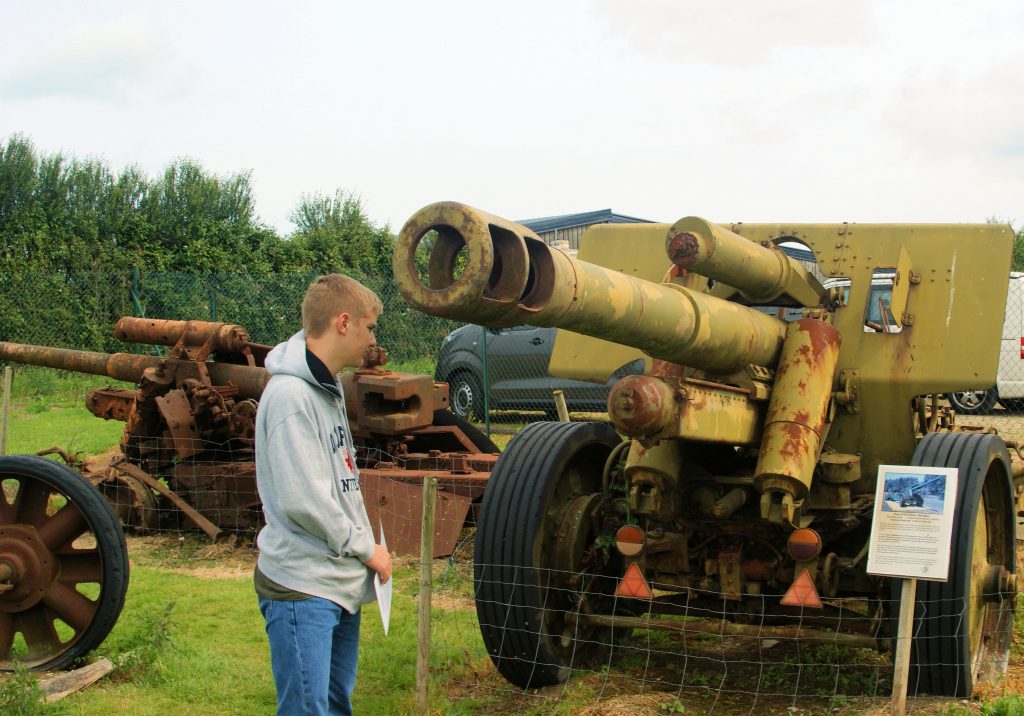
June 7, 2017 the French coast is quiet. Waves lap the sands in the low tide, seagulls fly through the air, ships, of all sorts sail into the English channel. The beaches are quiet, and undisturbed, save for a few foreigners and fisherman. Yet in these sands, are remnants of a journey so long ago, a journey, that affected not only the people of France, but the world. These remnants may be difficult to be seen, especially from a distance, but upon closer viewing you can see what the bushes and sands have grown over and covered. The remains of massive concrete structures exist, the ruins of a once complex, organized and very much active system of trenches and bunkers. Some parts remain buried, broken and covered in Graffiti. To think in less than a century, that all these bunkers and battle grounds, could become so decayed, so forgotten.
But as you journey along the coast, you will see what has been built that commemorates the journey of the soldiers who risked their lives for so much. You will find memorials, like the Normandy American Cemetery and Memorial, which hosts ceremonies, and grave sites for the soldiers who served in Normandy on that fateful day.The French people will lay wreaths covered in red white and blue flowers, at nearly every memorial and plaque, to show their gratitude to the actions that eventually allowed their liberation. Museums and archaeological sites also dot the coastline, preserving, and depicting the journey taken by so many during the conflicts. Museums such as the Utah Beach Museum, Overlord museum and Radar museum provide detailed models of equipment, vehicles and reconstructed bunkers that show just what Allied troops would be facing. Archaeologists still attempt to uncover remains from the war, some of which have nearly been forgotten. One such example is the Maisy Battery, which is an area of German Howitzer outposts which have remained almost entirely buried up until the last decade, but have now been excavated, uncovering yet another trek taken by the Allied soldiers. You can continue to see remains at places such as Point Du Hoc and the Longues-Sur-Mer Gun Battery, which have still been preserved to be seen.
As if these museums, memorials and sites were not enough dedication, every year, on the anniversary of D-Day, volunteers from the U.S.A. and all of Europe come to partake in a special reenactment of the events that unfolded on these beaches. You can witness the battles that took place, the paratroopers dropping from the sky, and the taking of vital positions. Throughout the entire week during and after the event, you will occasionally see people in World War Two styled vehicles and uniforms throughout the coast. This event, while providing an amazing show for tourists, also has a ceremonial purpose, as at the very end of this event, the reenactors will gather to raise the flags of the soldiers that died and fought in Normandy. Even after all these years, after many of the soldiers, civilians and people from then have passed, the French and many others attempt to help remember Normandy, and everything that happened on that day. A trip to the Beaches of Normandy is not simply just another site to be photographed and checked off as another seen place in the world, and its not simply just a museum with artifacts to point at. It’s its own memorial, dedicated not only to what was lost, but what was saved, and that should be something that everyone finds worth dedicating time to see and most importantly to remember.
Dear Reader: This page may contain affiliate links which may earn a commission if you click through and make a purchase. Our independent journalism is not influenced by any advertiser or commercial initiative unless it is clearly marked as sponsored content. As travel products change, please be sure to reconfirm all details and stay up to date with current events to ensure a safe and successful trip.


